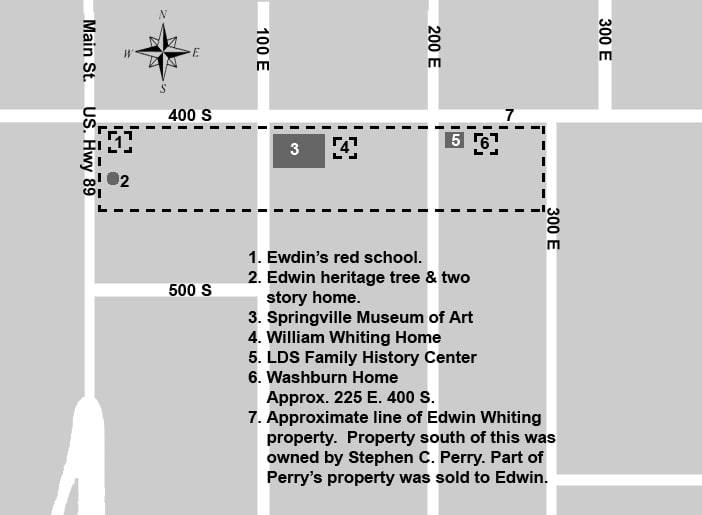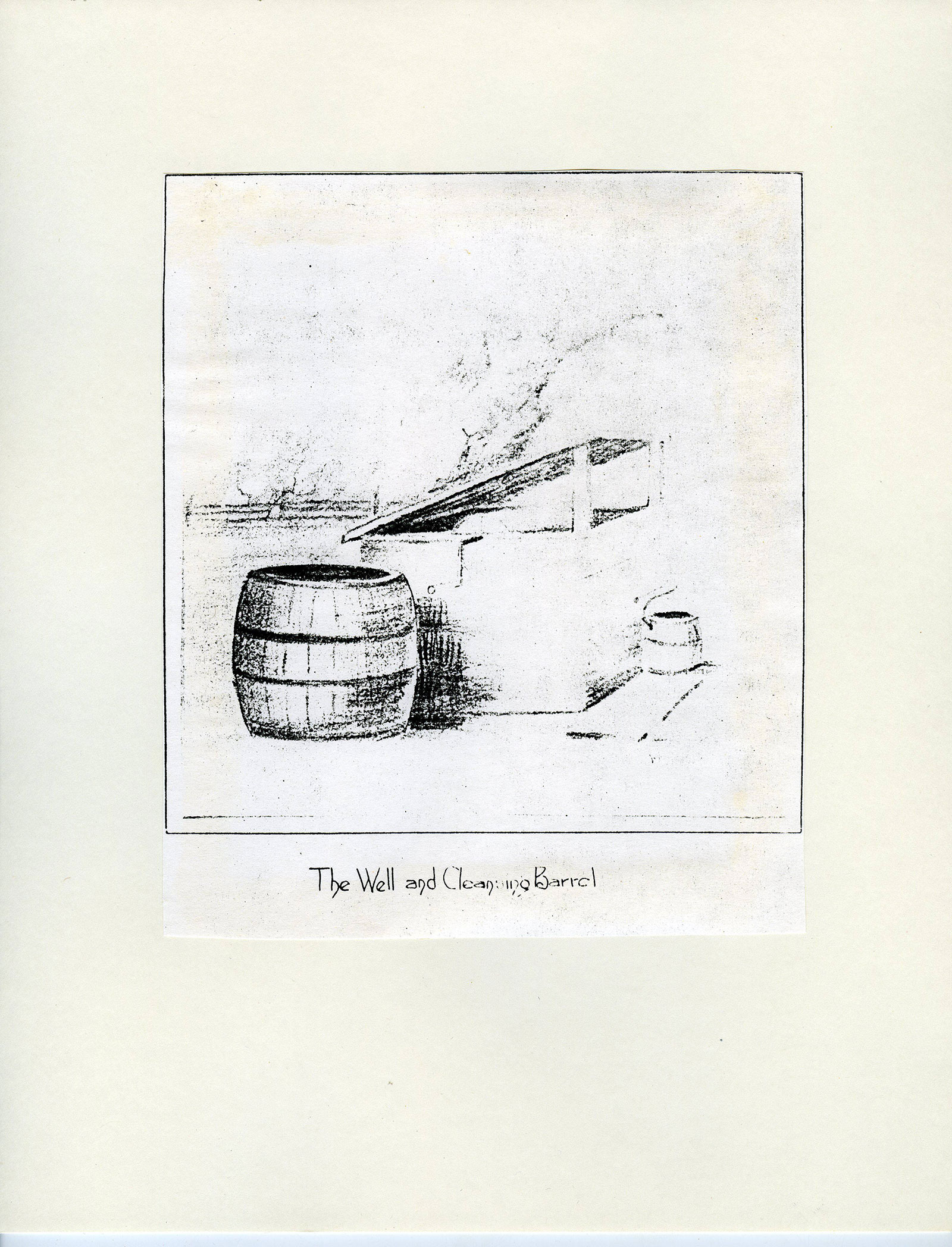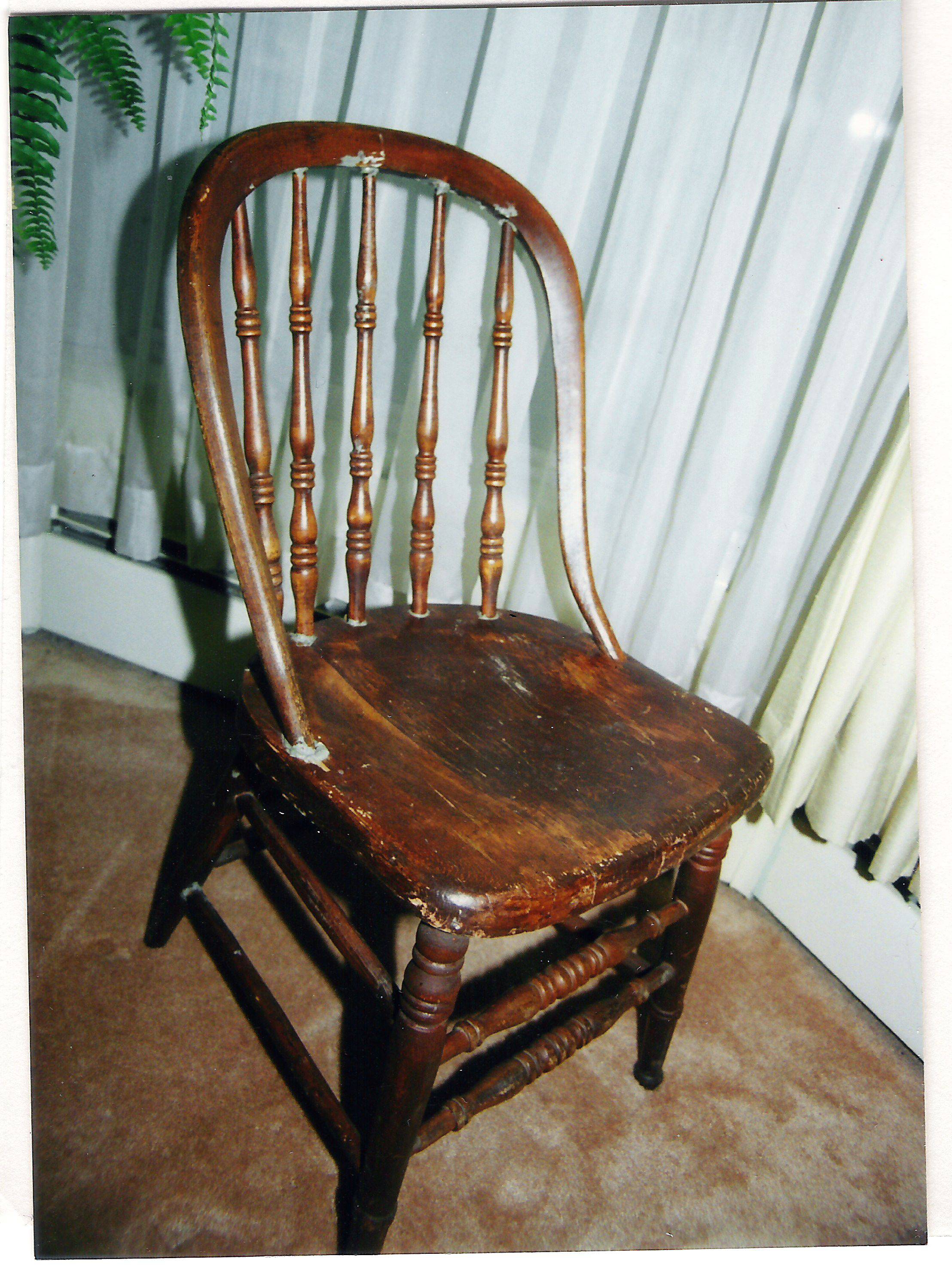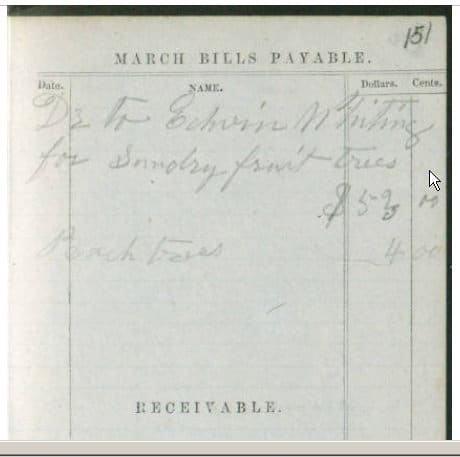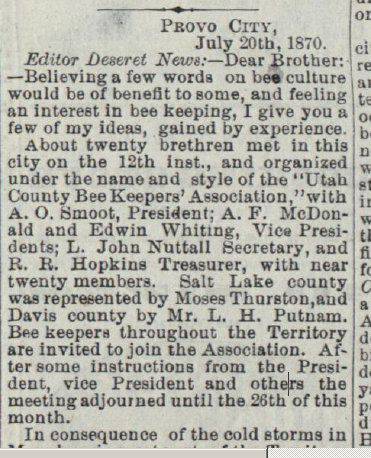Clitherall Minnesota Whiting Chairs
Edwin’s father and his family members were well-known for their ability to build chairs. It is important to remember that not only did these craftsmen have to fell and harvest their own lumber, they also worked with hand tools–not the power tools available to their descendants. This family-owned small business operation helped provide a living for each of the families and the Whitings were skilled craftsmen.
The Cutlerites- A Branch of the Elisha Whiting Jr. Family
Before and after the trek to Utah by Brigham Young and his 1847 party, there were several divisions in the leadership of the Latter-day Saint Church. One of those who did not follow Brigham Young west was a man named Alpheus Cutler. He had been a faithful follower of Joseph Smith. He had helped lay the cornerstones for the Temple at Far West, Missouri and had later helped in the construction of the Nauvoo, Illinois Temple. He was prominent in the affairs of the Church after they headed west to Winter Quarters but separated from the church and organized a separate group. Father Cutler was beloved by the Whiting family, and several of Edwin’s brothers elected to follow Cutler into Otter Tail County, Minnesota, where they formed the Cutlerite Church. Whiting descendants hold leadership positions in the church to this day.
While Edwin and his sister Emeline continued west with the larger body of Joseph Smith’s followers, Edwins surviving brothers, Sylvester, Almon, Francis Lewis, and Chauncy settled in Clitherall, Minnesota. Their descendants still live in this region. Clitherall is about 5 miles south of the West Battle Lake and about 50 miles east of Fergus Falls, Minnesota.

The photo above is from the collection of Marie J. Whiting and was obtained through correspondence with Whiting family descendents in Minnesota. Persons in the photo are unidentified, but some of them are likely Whiting family members.
Pioneer Chair-Building
An interesting display of pioneer artifacts in the Fergus Falls Museum helps document the Whiting family’s chair-making business. These artifacts were crafted by Almon Whiting and are probably good representations of the chairs Edwin built as well. Captions accompanying chair photographs were included as part of the museum’s display and are included here with permission from the museum.. Fergus Falls is about 40 miles due west of Clitherall on Highway US 52/interstate 94
Caption 1:
“In 1865 Clitherall became Otter Tail County’s first permanent community. The settlers were Cutlerites, a sect of Latter-day Saints, named after their leader Alpheus Cutler. They formed a community whose members shared property and provided for each other’s needs. Almon Whiting was the community’s chair maker. Materials for Whiting’s chairs came from the surrounding land. He cut and seasoned oak and ash for frames, basswood for solid seats, ash for woven seats, elm for rails, and maple for splats. Bent parts meant that he used a steaming pot. Glue was made from animal hooves and horns.”
Caption 2:
“[One of the Whiting Chairs] was made for Mrs. Lewis Denna, Wife of Lewis Denna, of Clitherall. Before venturing north an advance party of Cutlerites came to Clitherall to scout the area. Among the party was Lewis Denna, a former chief of the Onida Nation of New York. Denna had converted to Mormonism some years before and had joined the Cutlerites in the search for their own community. [1876]”
Caption 3:
“Whiting’s tools were horse-powered. A Horse walked around a turnstile outside, spinning a shaft connected to a wheel inside the shop. Leather straps conveyed the power to a lathe and other machines. Whiting had a one-man production line.
Caption 4:
“Settlers needed rugged inexpensive chairs which Almon Whiting provided. Sometimes he decorated his chairs with stenciled designs of flowers and leaves painted in white, yellow and red. He also highlighted turnings with gold paint. All of Whiting’s chairs were attractive, but not too hard for use along the frontier.”
Caption 5:
“Comfortable, cozy and cheerful.” – Emma Anderson describes the handmade chairs made by Almon Whiting, a member of colony of the Old Clitherall. Trained in the craft by his father and brother-in-law, he continued his trade when he came to Clitherall in 1867.
Fergus Falls Museum owns text copyright of these captions.
